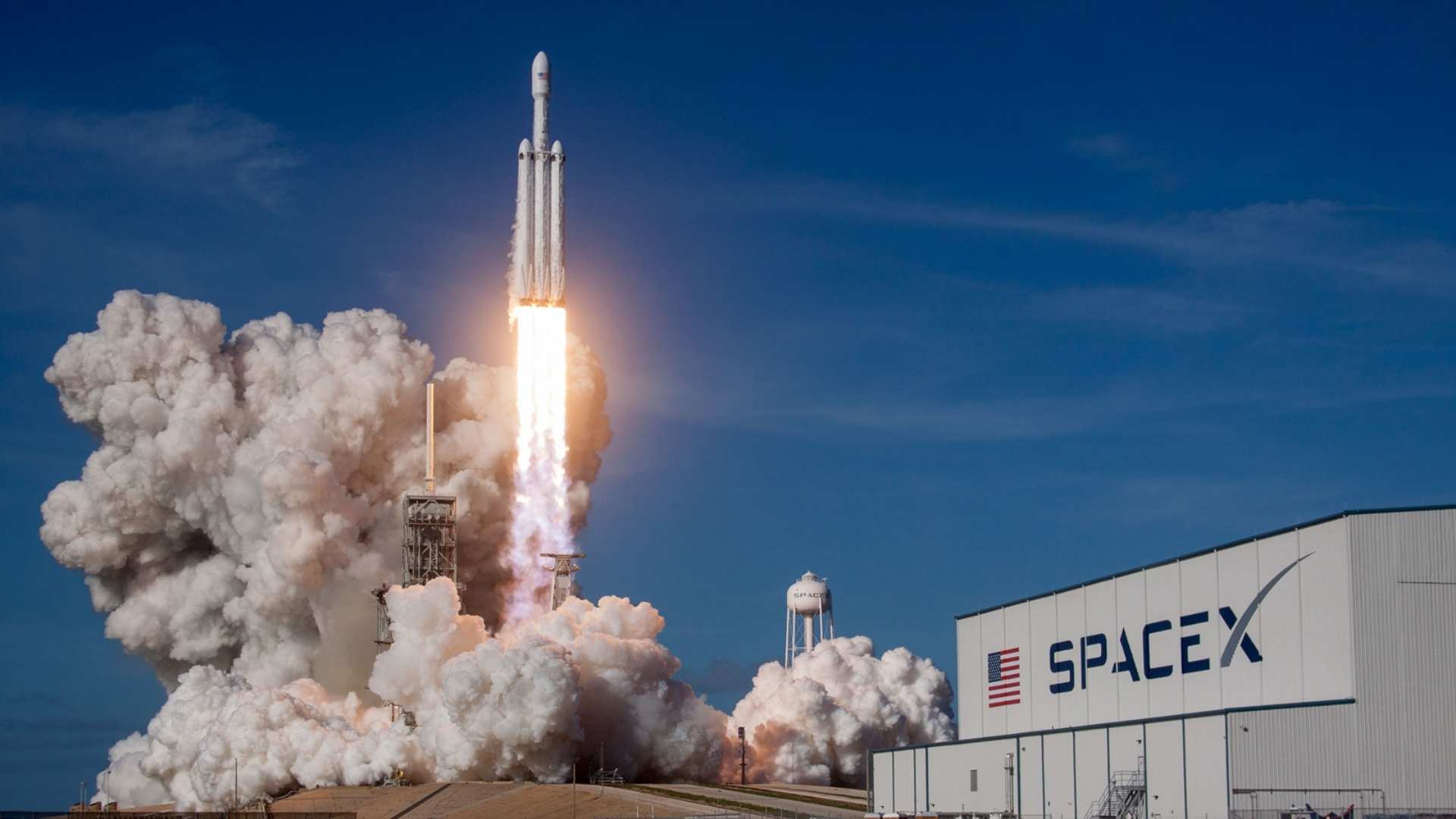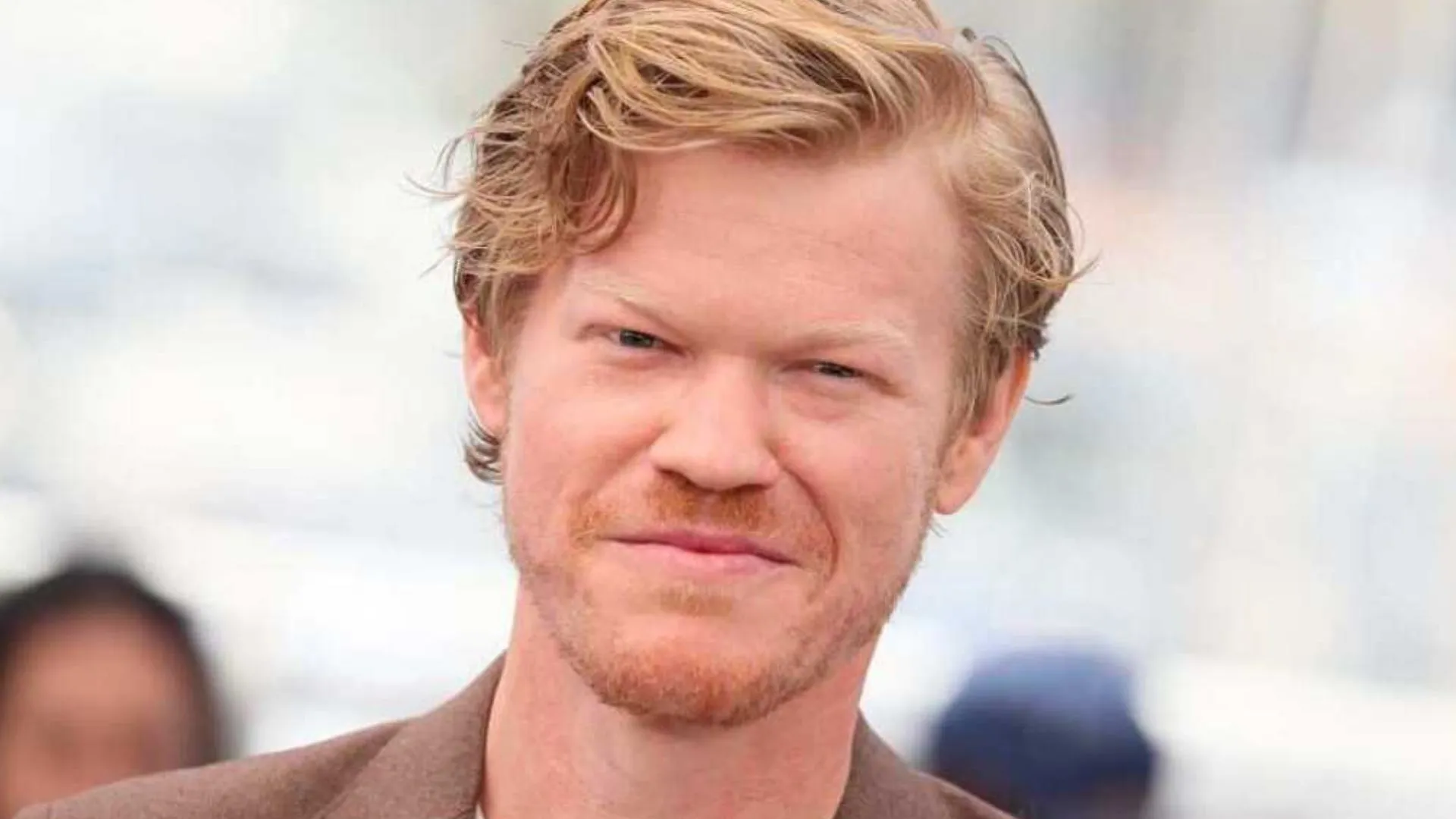In a crucial mission, SpaceX’s Dragon capsule successfully docked at the International Space Station (ISS) to retrieve two astronauts stranded due to a malfunction in Boeing’s Starliner capsule. The Dragon capsule, which carried two empty seats for astronauts Butch Wilmore and Suni Williams, docked at 17:30 Eastern Time (22:30 BST) while the ISS was orbiting 265 miles (426 km) above Botswana.
Stranded Astronauts Await Return
Wilmore and Williams originally arrived at the ISS in June aboard Boeing’s Starliner capsule for an eight-day mission. However, a technical issue during the flight forced them to extend their stay. The fault, discovered in the capsule’s propulsion system, rendered it unsafe for the astronauts to return to Earth aboard the Starliner. As a result, NASA opted to send SpaceX’s Dragon capsule to retrieve the stranded astronauts. They are now scheduled to return to Earth in February.
The Dragon capsule was launched from Cape Canaveral, Florida, on Saturday, carrying NASA astronaut Nick Hague and Russian cosmonaut Alexander Gorbunov. The pair will join the ISS crew temporarily before bringing Wilmore and Williams safely back to Earth.
Also read: NASA Launches Mission to Return Astronauts Sunita Williams, Butch Wilmore from ISS
Delays and Challenges
The mission faced a brief delay due to Hurricane Helene, which caused significant destruction across the southeastern United States, including Florida. Initially scheduled for Thursday, the launch was postponed until Saturday to ensure safe conditions.
After docking, footage from inside the ISS showed Hague and Gorbunov warmly welcomed by the crew, smiling and posing for photos as they joined their fellow astronauts in space.
Starliner’s Troubles
The original Starliner flight on June 5 marked Boeing’s first attempt to send astronauts to the ISS. However, the mission was plagued by technical issues, including helium leaks in the propulsion system and thruster malfunctions. The Starliner program has experienced multiple delays over the years, including setbacks during uncrewed test flights in 2019 and 2022.
Following months of investigations by engineers from Boeing and NASA, the space agency determined in late August that it would not be safe to use the Starliner to return Wilmore and Williams to Earth. The issues with the spacecraft have delayed Boeing’s plans for several years.
The Future of Space Travel
NASA retired its space shuttle fleet in 2011, leaving the agency reliant on Russia’s Soyuz spacecraft to transport astronauts to and from the ISS. However, in 2014, NASA awarded contracts to both Boeing and SpaceX, worth $4.2 billion and $2.6 billion respectively, to build new spacecraft that could carry astronauts.
SpaceX, founded by billionaire Elon Musk, became the first private company to send astronauts to the ISS in 2020, achieving a significant milestone in the future of American space exploration. The recent mission to retrieve the stranded astronauts reinforces SpaceX’s pivotal role in NASA’s operations, as the space agency continues to reduce its dependency on foreign spacecraft for manned missions.
SpaceX’s Dragon capsule successfully docked with the ISS to rescue two astronauts stranded due to a malfunction in Boeing’s Starliner capsule. The mission was briefly delayed by Hurricane Helene, but SpaceX’s efficient response highlights its growing importance in NASA’s space missions. With Boeing’s Starliner facing setbacks, SpaceX continues to solidify its position in the future of space travel.
Must read: Param Rudra Supercomputers: Can India build the best supercomputers? | NewsX Exclusive





















